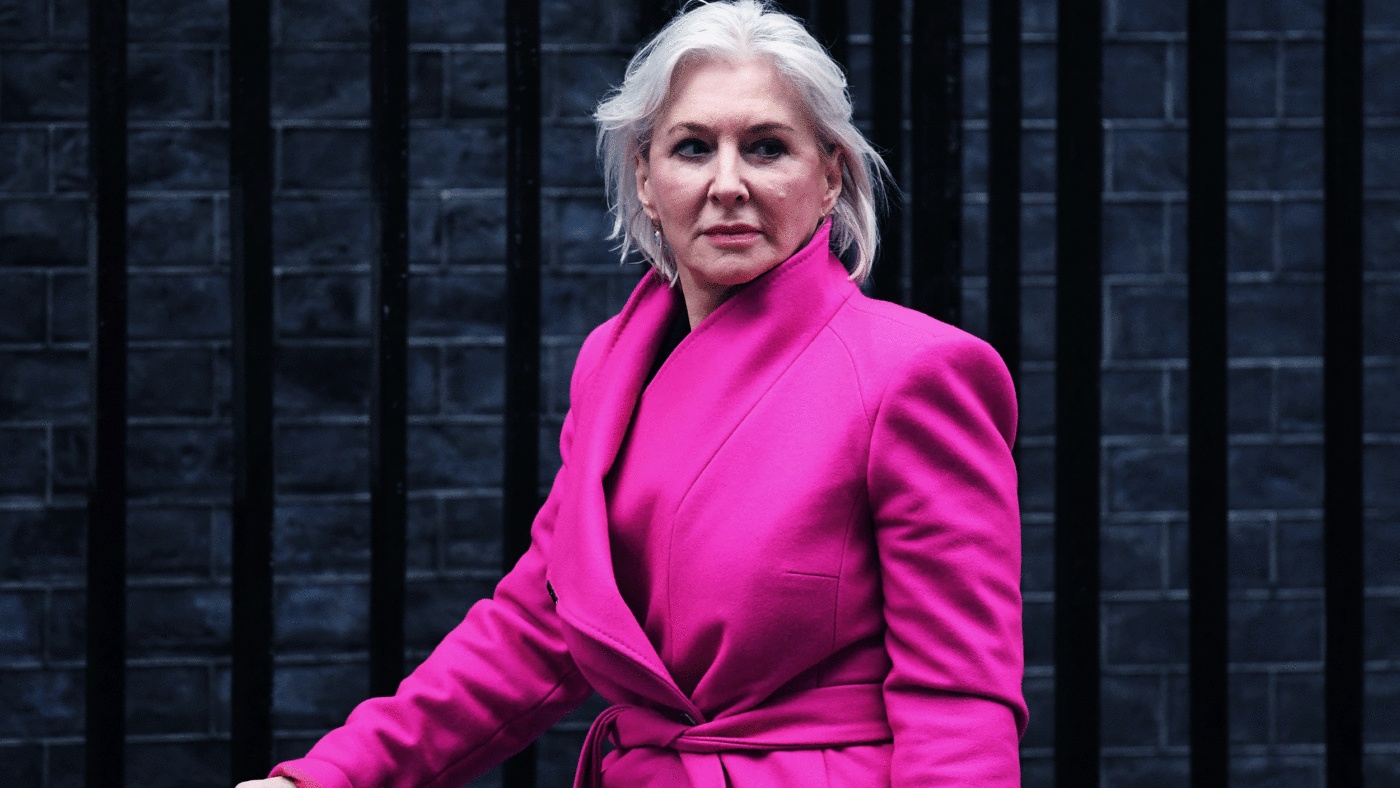Culture Secretary Nadine Dorries is the latest to come forth with her department’s plans for putting meat on the bones of levelling up by announcing a major pivot in arts funding outside of London.
On top of a new £43m from the Treasury ear-marked for spending beyond the capital, DCMS is also asking Arts Council England (ACE) to redistribute £24m of its current budget around the country and will be encouraging current recipients to increase their reach past the M25, or even relocate entirely.
This is an extremely welcome development. Supporting the culture sector to grow around the UK will spread opportunities for artists, meaning fewer will be forced to move to London taking their skills and passion with them. It will be a boon to jobs in these areas in arts directly and the sectors they support too, including hospitality.
Mostly though, it will help make many areas that have experienced under investment in recent years more attractive places to spend free time and disposable income, and ultimately live. With more theatres, museums, galleries, music venues and more on their doorstep, people will no longer need to travel to London or other major urban areas to get their culture fix. Instead, they will be able to enjoy and take part in a wider range of cultural activity within their locales.
The current funding imbalance between the capital and the rest of the country is striking. ACE spends £21 a head in London, compared to £9.50 in Yorkshire and the Humber, despite London having much better access to private capital. Not only is there more of a market for arts in London – mainly from tourists – but the institutions based there have a much better shot at attracting private funding.
Sponsoring established theatres, museums, and galleries in London is a much more appealing prospect for private companies than helping support nascent organisations in the UK’s less affluent regions. They get more eyeballs on their philanthropy and ultimately more bang for their buck. The redistribution of funds out of London is therefore an important part of the new funding settlement; to really make the most of opportunities for private sector funding, the Government must first get out of the way.
The major London players are at the top of this tree. The Royal Opera House, the National Portrait Gallery, and the Southbank Centre are all organisations that receive a disproportionate amount of government money, but are by far the most attractive options for private sponsorship.
They are doing so well for funding, in fact, that many are able to actively reject sizeable private contributions. Last week the National Portrait Gallery joined the Tate and the RSC in cutting sponsorship deals with BP, under pressure from campaign groups dowsing themselves in oil outside their buildings.
Not only is it misguided that the taxpayer is expected to support institutions that do not need government support, but it is objectionable that such institutions then turn down private funding based on the tastes of a vocal minority. On top of broadly redistributing funding away from the organisations that will be able to stand on their own two feet, the Government should specifically push back against campaigns like this and consider withdrawing further funding from any organisation that turns down private investment from reputable places (such as major oil companies that have pledged to reach net zero and support such environment friendly policies as carbon-pricing).
Redistribution, and boosting, arts funding out of London is a smart move, then. But there are two caveats. Firstly, government funding must be the first step on the road to an ultimately private industry. The long-term goal should be to eventually set up these institutions to survive on their own instead of at the taxpayers’ expense – the stage that the National Portrait Gallery et al passed a long time ago. Because of the wider benefits the arts bring, there is a role for the state to provide early support where private capital may not be forthcoming – but as the industry grows the government must withdraw and let the private sector to step in. This way the cultural sector will remain more responsive to consumer tastes, and represent a fairer deal for the taxpayer (as I have argued on this site before).
The second caveat is that it must come with an acceptance that London will probably always be ahead of the rest of the UK in terms of size and variety of cultural offering. The Government will not be able to build up a cultural sector elsewhere in the UK to rival London and should not spend money as if it can. The aim should be to support institutions and artists getting off the ground so that people can have access to good cultural experiences and opportunities without having to travel to the capital. However, trying to set up a new West End in Blyth will ultimately be an unproductive use of taxpayer money.
As ever with arts funding, the overall aim must be to create and support cultural institutions to enrich our lives and provide experiences and opportunities for everyone, at the fairest deal for the taxpayer. This new funding settlement is a great step on this road, but is only the first step.
Click here to subscribe to our daily briefing – the best pieces from CapX and across the web.
CapX depends on the generosity of its readers. If you value what we do, please consider making a donation.


